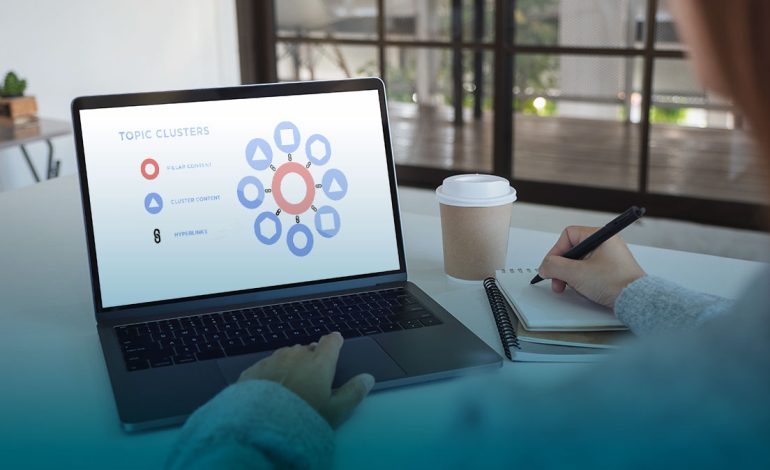E-commerce has been on the rise for a while now, with more and more people shopping online for items ranging from clothes to groceries. And while this trend doesn’t seem to be slowing down anytime soon, it is evolving – headless commerce is slowly but surely becoming the new norm.
Looking at headless commerce meaning, it is a decoupled architecture where the frontend (the “head”) of an eCommerce store is disconnected from the backend (the “body”). This allows for a much greater flexibility when it comes to design and user experience since the two parts don’t have to be limited by each other.
What’s more, headless commerce also allows for a much smoother integration of new technologies since they can be implemented without affecting the rest of the store. All of this makes headless commerce a very attractive option for businesses that are looking to stay ahead of the competition.
What is the definition of headless commerce?
Headless commerce is a type of eCommerce architecture that decouples the frontend experience from the backend systems that power it. This means that the backend systems, such as the product catalog and inventory management can be updated independently of the frontend experience.
Headless commerce gives businesses more flexibility in how they design and update their eCommerce experiences. It also allows them to more easily integrate with third-party applications and services.
Headless commerce use cases
There are many potential use cases for headless commerce, as the approach can be adapted to fit a wide variety of businesses and industries. Some of the most common headless commerce use cases include:
– E-commerce businesses that want to improve the customer experience by creating a more personalized and interactive shopping experience.
– Businesses that want to take advantage of new technologies such as voice assistants and chatbots to enhance the customer experience.
– Businesses that want to create a seamless omnichannel experience for their customers.
– Businesses that want to make their content more accessible on mobile devices.
How to overcome the challenges of headless commerce
There are a few key challenges that need to be overcome when implementing headless commerce:
1. Ensuring a seamless customer experience across all channels.
2. Managing content and product data.
3. Integrating with back-end systems.
4. Securing the data and infrastructure.
5. Optimizing performance.
Overall, headless commerce provides a lot of advantages for businesses, from increased flexibility to better customer experiences and other great benefits. These benefits are what make headless commerce promising for the future.


